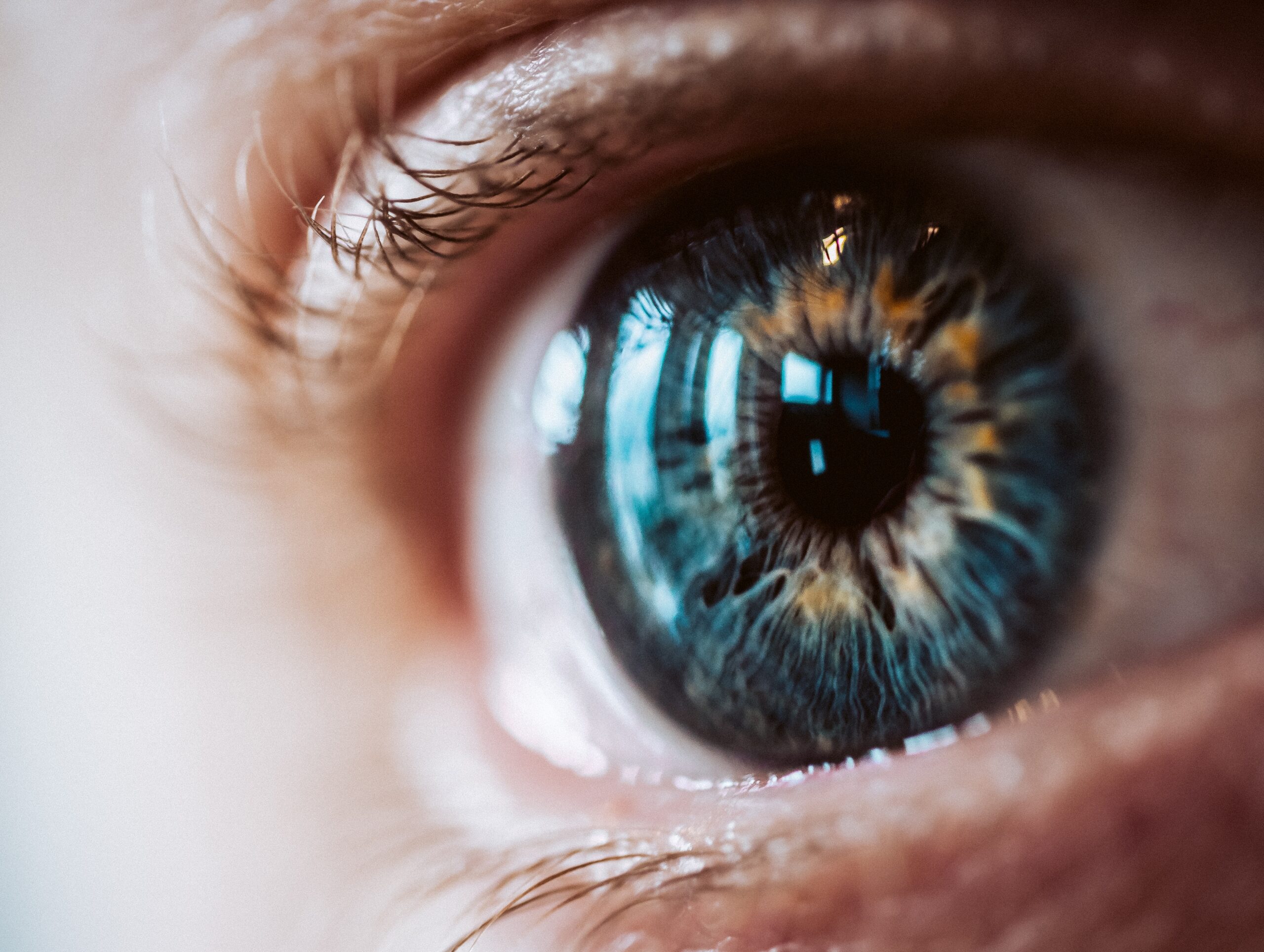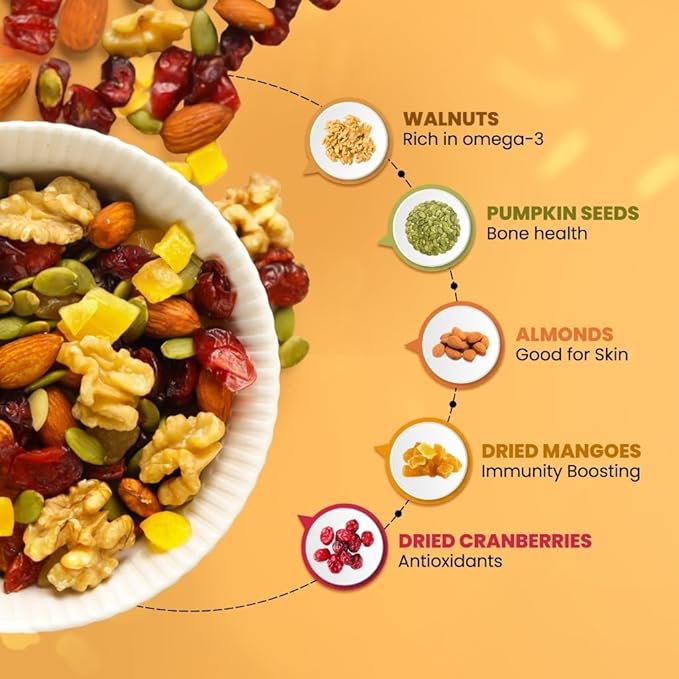Did you know that over 2.2 billion people worldwide struggle with poor eyesight? Some cases can’t be avoided, but many daily habits and natural choices can keep your vision clearer for longer. If you spend hours in front of a screen, drive at night, or notice your eyes feel tired often, small changes can make a huge difference.
“The good news is, your eyesight can often stay sharper for longer with simple habits — no expensive treatments needed.”
Below, you’ll find practical and surprising natural ways to care for your eyesight.
Table of Contents
Why Your Eyesight Needs Everyday Care
Your eyes work all day. Screens, bright lights, and long commutes tire them out. When strain builds up, symptoms like eye dryness, headaches, or blurred vision can appear. Good news: tiny changes add up fast.
What pushes eyes to work harder
Quick wins you can start today
- Nudge screens an arm’s length away.
- Raise text size and boost contrast.
- Step outside for daylight when you can.
Best Foods to Boost Your Eyesight
You feed your eyes with every meal. Bright colors usually mean protective nutrients. Choose foods that feed your eyes, giving energy to the retina, clarity to the lenses, and balance to the tear layer.
- Dark leafy greens like spinach and kale supply lutein and zeaxanthin, nutrients that shield your macula and support clear vision
- Carrots and sweet potatoes supply beta-carotene, which your body turns into vitamin A
- Citrus fruits and berries provide vitamin C, supporting your eyes against daily strain
- Fish (salmon, sardines): omega-3s for dry-eye comfort
- Packed with vitamin E, nuts and seeds help defend your eyes from cellular damage
Simple swaps:
Colorful produce to try
Smart fats your eyes love
Also Read : Obesity
A Daily Routine for Better Eyesight
Morning
- Expose your eyes to natural sunlight for 10–15 minutes to boost Vitamin D.
- Easy yoga poses and mindful breathing can ease away eye tension.
Mid-Day
- Follow the 20-20-20 rule during work or study hours (AAO recommendation).
- Include a portion of leafy greens and fruits in your lunch for antioxidants.
Evening
- Give your eyes a one-hour screen break after sunset for better comfort.
- Practice palming or eye yoga exercises.
Pre-Sleep
Simple Habits That Protect Your Eyesight
- Daily rhythm matters. Protecting vision is easier when you combine short pauses with correct posture habits.
- A simple habit: after 20 minutes of screen time, shift your eyes toward an object about 20 feet away for 20 seconds.
- Practice intentional blinking—tie blinks to daily actions such as hitting “send,” saving work, or sipping water.
- Right light: use soft, indirect lighting; avoid glare.
- Clean lenses/screens: smudges force extra strain.
The 20-20-20 reset
Set a gentle timer or pair it with a habit—every message sent, gaze at something far away. Let your focus muscles relax fully.
Blink, breathe, and hydrate

Also Read : Sugar-Free Life
Exercises That Relax and Refresh
Exercises won’t replace glasses but can relax tired eyes and smooth focus shifts.
- Try palming by rubbing your hands warm and resting them over closed eyes briefly.
- Another helpful practice is focus-shifting—start with your thumb at arm’s length, then glance at the window frame, and finally at a faraway tree.
- Figure-eight: trace a sideways “8” with your eyes, slow and smooth.
- Near-far cards: hold a small card close, then read a far sign; repeat.
Keep it gentle. Stop if anything hurts or feels odd.
Focus shifting made easy
Stick a tiny dot on your screen bezel. Use it for near focus, then pick a far object out the window. Swap back and forth ten times.
Also Read : Turmeric Benefits
Home Remedies and Ayurvedic Herbs for Eyesight Support
Home care can feel soothing and practical. These simple steps fit busy days and support comfort.
Simple kitchen remedies that soothe
- Warm compress: a clean, warm cloth over closed lids for 5–10 minutes. It softens oils and eases dryness.
- Cooling slices: Resting chilled cucumber slices on the eyelids can reduce puffiness and leave the eyes feeling refreshed. Patch-test first.
- Rose-water pads: only if it’s pure and you tolerate it. Dab on lids, not inside eyes.
- Think of screen hygiene as “clean, dim, distance”—wipe devices regularly, soften brightness to cut glare, and maintain a healthy viewing gap.
Ayurvedic herbs that may support Eyesight
Always discuss herbs with your doctor, especially with pregnancy, glaucoma, diabetes, or blood-thinners.
- Amla (Indian gooseberry): Packed with vitamin C; drink it as fresh juice or use it in chutney for eye-friendly nutrition.
- Triphala: a classic blend (amla, haritaki, bibhitaki); commonly used as a supplement—seek qualified guidance for dose.
- Trikatu (a mix of ginger, black pepper, and long pepper): Improves digestion, which in turn helps your body absorb nutrients better.
- Triphala ghee (dietary): ghee can carry herbs in cooking; focus on diet use, not eye application.
- Herbs like Tulsi and Brahmi are known to calm stress and sharpen focus, helping break the cycle of tension that often fuels eye and mind strain.
Also Read : Metabolism Boost
Myths and Facts about Eyesight
There are plenty of misconceptions around eye health. Let’s clear a few:
❌ Myth: Watching TV up close permanently damages eyesight.
✅ Fact: Watching screens too closely can make the eyes feel strained, but it doesn’t lead to permanent damage.
❌ Myth: Wearing glasses makes eyes weaker.
✅ Fact: Glasses are meant to correct vision clarity; they don’t change or improve your natural eye power.
❌ Myth: Eating lots of carrots will give perfect eyesight.
✅ Fact: Carrots provide vitamin A, preventing deficiency, but they won’t give you extraordinary vision.
WHO reminder: Regular eye exams remain the best safeguard against preventable blindness.
Also Read : Is Calorie Deficit Really Great?
Eye Care for Kids and Students
Even kids can develop vision problems, sometimes requiring glasses for proper correction. With children and students spending increasing hours on digital devices, their eyesight needs extra care and monitoring:
- Limit Gadget Use: Encourage breaks and outdoor play instead of long screen hours.
- Outdoor time: Regular exposure to natural daylight can help slow down the progression of myopia (nearsightedness).
- Healthy Diet: Include foods rich in Vitamin A and Omega-3s.
- Regular Checkups: Visiting an eye specialist yearly can catch problems early.
Also Read : Cinnamon Benefits
Lifestyle Choices That Strengthen Vision
Your whole body affects your eyes. Move more, smoke less, and get daylight.
- Outdoor time: daylight helps your focus system reset.
- Regular movement: Even simple walks improve blood circulation to your eyes.
- Quit smoking: Giving up cigarettes lowers the chances of cataracts and protects against age-related vision decline.
- Eye-safe sunglasses: look for 100% UVA/UVB.
- Posture check: Keep screens at eye level with shoulders relaxed to avoid unnecessary eye strain.
- Adequate Sleep: Consistent 7–8 hrs of sleep (AOA) allows eyes to repair and reduces fatigue.
- Alcohol Moderation: Excessive alcohol intake can dehydrate the body and affect vitamin absorption, which may harm long-term eye health. Keeping intake minimal supports clear vision.
- Stress Control: Chronic stress may raise eye pressure and worsen issues like glaucoma, so relaxation is essential.
Also Read : 14 Foods You Should Never Refrigerate
When to See an Eye Doctor
Natural care is great, and checkups are essential. Book an exam if you notice:
- Sudden blur or double vision
- Halos, flashes, or new floaters
- Eye pain, redness, or light sensitivity
- Headaches tied to near work
- Trouble seeing at night or frequent squinting
Routine visits (every 1–2 years) catch issues early and keep your plan tailored.
Also Read : How to Prevent from Covid and Other Viruses
FAQs About Eyesight and Natural Care
Can food alone fix poor vision?
Food helps protect and nourish, but it can’t replace lenses or medical care. Use both.
Do blue-light filters really help?
They may ease evening strain and support sleep. Still, breaks and room lighting matter more.
Can exercises replace glasses?
No. Exercises relax and train focus shifts; they don’t change refractive error.
How much outdoor time helps kids’ vision?
Also Read : Isabgol Benefits
Key Takeaway for Clearer Eyesight
Treat your eyes like VIP guests: feed them well, give them light, and offer breaks. Build tiny habits, add soothing home care, and check in with a pro. Step by step, you’ll feel less strain and see more detail in the moments that matter.
If you found this helpful, save a reminder: look far every 20 minutes, blink, sip water, smile. Your eyes will notice.
Also Read : Horse Gram for Weight Management











